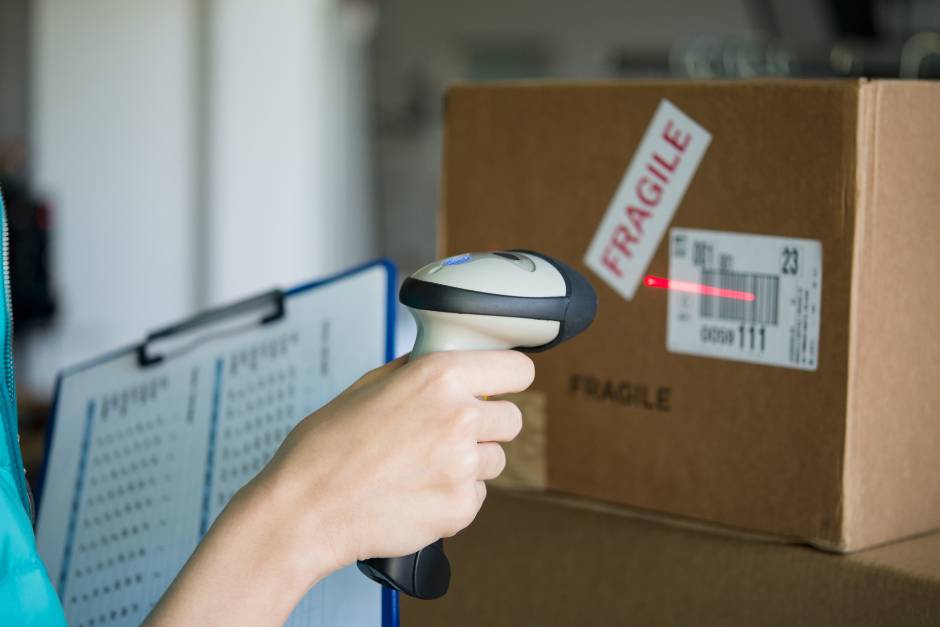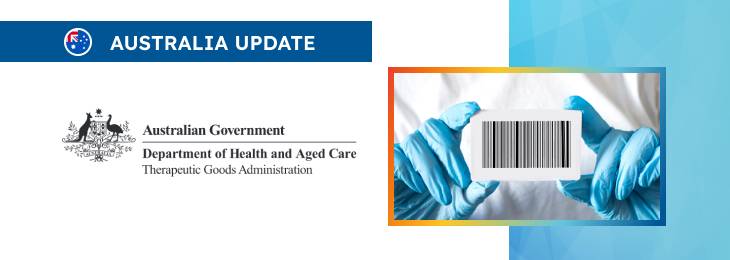The article provides an overview of the legal framework for labeling requirements applicable to medical devices intended to be marketed and used in Australia.

Table of content
The Therapeutic Good Administration (TGA), an Australian regulating authority in healthcare products, has published a guidance document dedicated to the labeling obligations to be applied for products intended to be placed on the country’s market.
The document provides an overview of the applicable regulatory requirements, as well as additional clarifications and recommendations to be taken into consideration by medical device manufacturers and other parties involved to ensure compliance to it.
At the same time, provisions of the guidance are non-binding in their legal nature, nor are they intended to introduce new rules or impose new obligations.
The authority also reserves the right to make changes to the guidance, should such changes be reasonably necessary to reflect corresponding amendments to the underlying legislation.
Regulatory Background
In the rapidly evolving medical device industry, it is vitally important for manufacturers and sponsors to achieve and sustain compliance with any applicable regulatory requirements, including, among other things, the ones related to labeling.
The authority emphasizes the importance of these requirements being the foundational elements that ensure safety and performance standards are met, thereby safeguarding public health since labeling is used to communicate important use- and safety-related information to potential users, providing the device is used safely and efficiently.
In particular, the present guidance outlines the critical aspects of medical device labeling under the Therapeutic Goods (Medical Devices) Regulations 2002 of Australia.

Manufacturer Obligations
First, the document describes the obligations applicable to medical device manufacturers intended to market their products in Australia.
Design and Production
Before being allowed for marketing and use, each medical device undergoes procedures, including design, production, packaging, and labeling processes.
In accordance with the existing legislation, medical device manufacturers are the ones primarily responsible for ensuring that each device complies with the Essential Principles, which cover a wide range of requirements, including those related to labeling and instructions for use.
Labeling Essentials
According to the guidance, a device’s label serves as users’ first point of information, containing vital details such as the manufacturer’s name and address and comprehensive instructions.
Ensuring the inclusion of accurate and thorough information is a must, as it directly impacts the device’s safe and effective usage.
The regulations strictly prescribe the specific scope of information that should accompany a medical device.
This includes, but is not limited to, the indication of the device’s intended use, user and patient type, handling, storage, operating instructions, and any applicable warnings or restrictions.
Additionally, for devices designated for individual use or requiring special sterilization, explicit indications to that effect are mandatory.
Sponsor Obligations
The document also covers the aspects applicable to the obligations of medical device sponsors.
Registration and Identification
Sponsors, defined as individuals or entities who list medical devices on the Australian Register of Therapeutic Goods, play a crucial role in the device supply chain.
Their responsibilities extend beyond mere registration, including ensuring their name and address are prominently displayed on all devices they supply within Australia.
Labeling and Compliance
The placement of sponsor identification on medical devices or their packaging is essential to ensure clear user identification.
As explained by the authority, in cases where direct labeling on the device is impractical, sponsors must provide their details included on the packaging or within an accompanying leaflet.
This is vitally important for maintaining the integrity of the device supply chain and avoiding potential penalties for non-compliance.
Conclusion
In summary, the TGA explains that the labeling requirements for medical devices, as outlined by the Therapeutic Goods (Medical Devices) Regulations 2002, establish a framework for transparency, safety, and accountability in the medical device sector. Both manufacturers and sponsors bear significant responsibilities to ensure that devices meet set safety and performance standards, including the requirements related to labeling and information to be communicated to potential users of the devices allowed for marketing and use in the country.
How Can RegDesk Help?
RegDesk is an AI-powered Regulatory Information Management System (RIMS) designed to simplify global compliance for medical device companies. With regulatory intelligence covering 120+ markets, RegDesk helps you prepare and publish global submissions, manage standards, conduct impact assessments, and stay ahead of regulatory changes all from a single, centralized platform. Expanding into new markets has never been easier.

